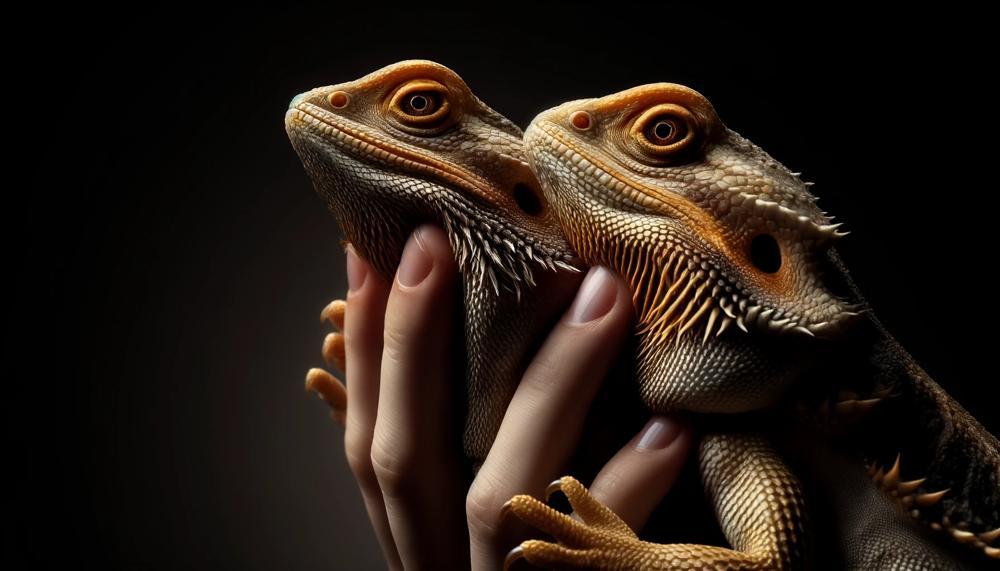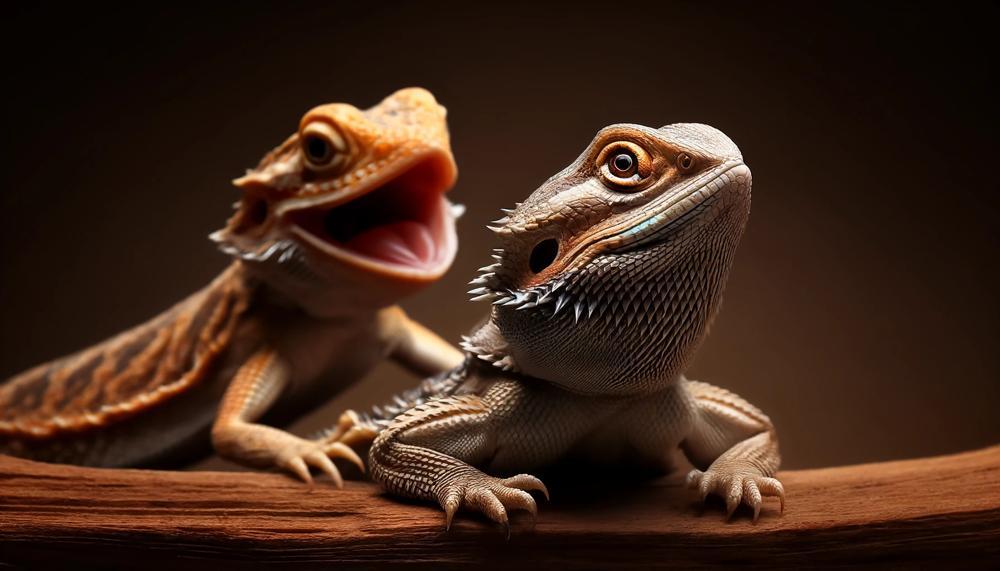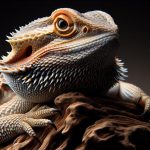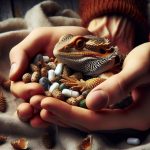Did you know that bearded dragons, those intriguing creatures often seen basking under heat lamps in pet shops and homes, possess a complex array of behaviors that suggest a capacity for emotions far beyond mere survival instincts? This revelation has sparked a fascinating debate among reptile enthusiasts and scientists alike, challenging our traditional perceptions of reptilian emotional depth.
At first glance, the idea of a reptile experiencing emotions similar to mammals may seem far-fetched. However, recent studies and observations indicate that bearded dragons display behaviors indicative of emotional states such as contentment, stress, and even social bonding. This raises compelling questions about the emotional lives of reptiles and their capacity for feeling.

In this article, we will explore the intriguing world of bearded dragons and their potential emotional experiences. So, do bearded dragons have emotions?
Bearded dragons, like other reptiles, do not have emotions in the same way that humans or mammals do. However, they do exhibit certain behaviors that might suggest basic emotions or responses to certain stimuli.
Here are some behaviors that indicate a bearded dragon’s state of comfort and trust towards their owner:
- They don’t run away from you.
- They can lay on you for a long time.
- They willingly go on your shoulder.
- They let you pick them up.
- There’s no sign of aggression.
While these behaviors might suggest that your bearded dragon is comfortable and trusts you, it doesn’t necessarily mean they experience emotions like love or happiness in the way humans do. Their emotional spectrum works on a purely positive or negative experience basis. For example, they might associate you with positive experiences like food and warmth, which could lead to them showing behaviors of trust and comfort.
Join us as we delve into the fascinating question of whether bearded dragons experience emotions, shedding light on the complex inner lives of these popular reptilian companions.
13 Signs your Bearded Dragon is happy
| Sign | Description | Indication |
|---|---|---|
| Bright and Alert Eyes | Eyes that are wide open, vibrant, and attentive. | A sign of curiosity and contentment, indicating a healthy state of alertness. |
| Active Movement | Frequent, purposeful movement within its habitat. | An indication of vitality and comfort in its environment. |
| Healthy Appetite | Regular eating and interest in food. | Shows the dragon is both physically and psychologically well. |
| Normal Pooping | Consistent and healthy bowel movements. | Crucial for indicating good internal health. |
| Relaxed Posture | Lying flat and stretched out when at ease. | A sign of relaxation and trust in its surroundings. |
| Closing Eyes in Presence | Gently closing eyes when handled or near the owner. | Reflects deep trust and a sense of security with the owner. |
| Color Changes | Brighter, more vibrant coloration. | Often a sign of positive excitement or comfort, though it can vary. |
| Climbing Behavior | Climbing onto the owner willingly. | Shows trust and interest in interaction. |
| Arm Waving | Gentle, slow arm waving movements. | A submissive gesture indicating recognition and ease. |
| Head Bobbing | Repetitive up and down movement of the head. | Can be a sign of recognition and content interaction with the owner or environment. |
| Seeking Attention | Approaching the glass or the owner for interaction. | Indicates curiosity and a desire for social interaction. |
| Basking Contently | Lying under the heat lamp comfortably for extended periods. | Essential for their well-being, showing they are regulating their body temperature effectively. |
| Falling Asleep on Owner | Falling asleep while being held or close to the owner. | Signifies supreme trust and comfort in the owner’s presence. |
These signs reflect a bearded dragon’s state of mind and body. It’s fascinating to see how these reptiles communicate their feelings and needs. For instance, the gentle closing of eyes is much like a nod of trust, while active movement mirrors the dragon’s zest for life.
Understanding and recognizing these signs not only ensure their well-being but also strengthen the bond between the dragon and its owner, fostering an environment of mutual respect and affection.
Conclusion
Even though they look very calm under a heat lamp, bearded dragons are not just living; they are experiencing.
Recent behavioral studies on reptiles suggest that these animals may feel similar to humans. This challenges the long-held view that lizards only act on nature. People who watch bearded dragons can see a wide range of behaviors, from showing love by gently closing their eyes to showing pain by changing their color brightly when they’re happy.
Bearded dragon owners can better meet their pets’ mental and physical needs if they know that their animals can feel happiness, fear, and even love.






